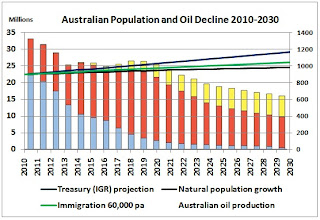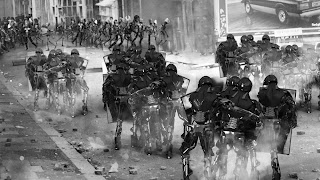A future – should we take a step back? – is it a step back?
Our groups vision was to reinvent ‘trends’ which have
similar values derived from past contexts, as our
current status as an evolving organism is leading into a world of
uncertainties.
b.o.b (billions of
people), which is also a critical trend which we face in todays times and
future predictions – in which the expediential rate of population is
increasing, was a key element which drove our concept. We now live in a world where the nature of
change has changed.
“ a problem cannot be solved with the same level of thinking as created
it”
-
Einstein.
This problem seems to be left in the hands of the same
organizations/bodies who created it – governments, professional, monetary
system and architects (to name a few) – because most of what we now see as
exceptionally stupid design concepts - such as the glass box - were initiated
by architects and once hailed as exemplifying modernists ideas. Therefore, do we leave it up to the same
bodies to lead us on a journey in ratifying our current status or do we as a
body of individuals create our own opportunities, create a momentum, an energy
to plant within our current times , to direct our own destiny and inturn create
a direction which disperses across the globe.
Our mindset is to evolve and become bigger and better (in
simple terms) seems to be a continuous way of thinking in today’s evolution
path. Therefore if we continue this
level of thinking we can predict we are only headed towards a consumed and depleted
world. So is taking a step back and
basing our ethos on past doctrines, is it going backwards or rediscovering what
it is to be human. What do we need to
survive?
We can not wipe the plate clean and start again – that would
incur a lot a landfill for a start. No,
we harness what is present, but redefine what is necessary – or at least start
to. Technology has allowed the nature of
change to change. We need to harness
this evolution, but not exploit it.
b.o.b and his community does this by implementing a think
farm. An organism integrated between the
physical and non-physical realms to re-establish and re-invent systems,
technologies, thoughts, and new technologies –really anything that is relevant
and possible for the users of the think farm to solve. What is the think farm? It doesn’t need to be defined, it only needs
to create a platform in which this process can occur. It doesn’t need to be defined, as it would
continuously need to be evolving to adapt to a future environments.
THINK FARM – a collaborative, integrated platform form to
harness the energy of you and me.



























